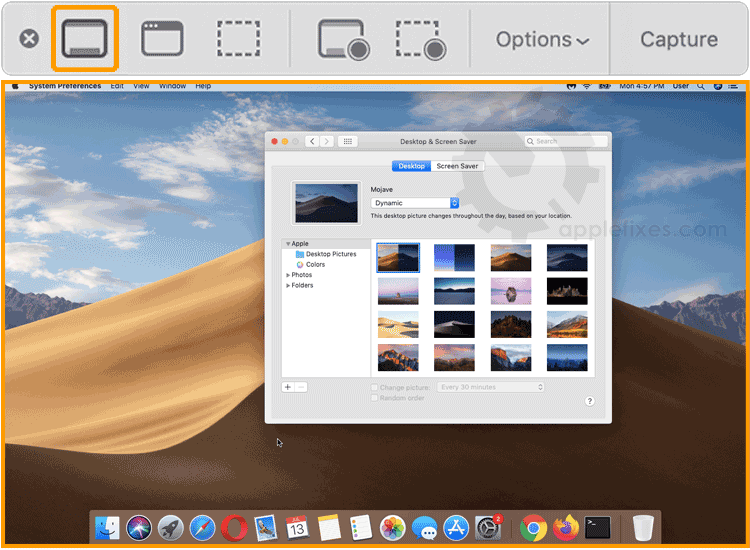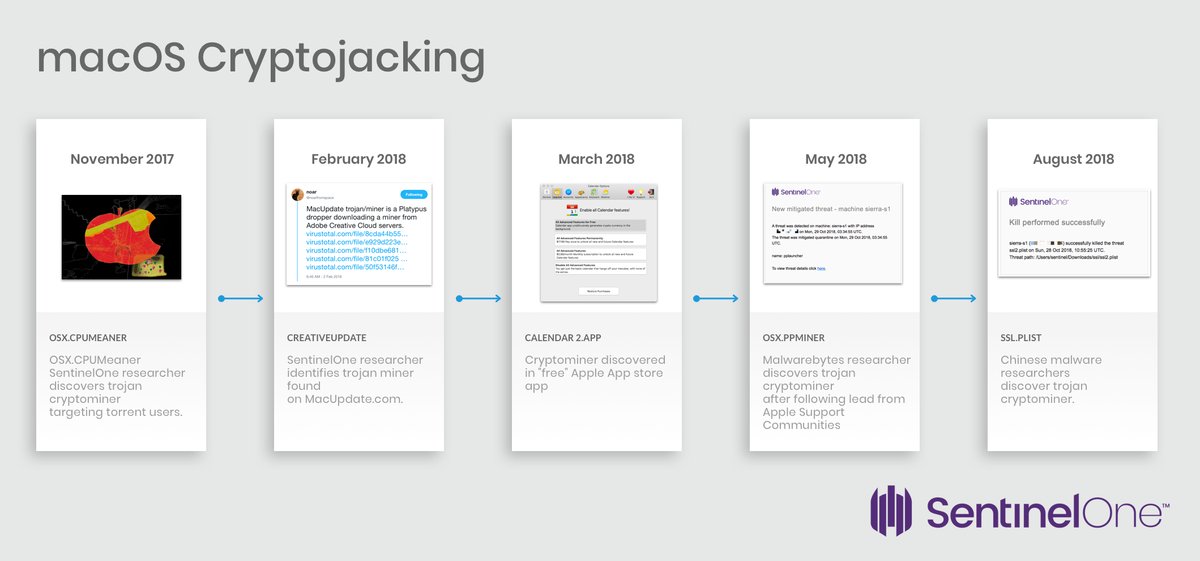

- Malwarebytes for mac mojave how to#
- Malwarebytes for mac mojave software#
- Malwarebytes for mac mojave code#
The other option, of course, is for threat actors to get their malware notarized.
Malwarebytes for mac mojave software#
Meanwhile, the installation of security software on macOS has gotten to be so difficult that we get a fair number of support cases about it. The irony here is that we see lots of people getting infected with this malware-a variant of the Shlayer or Bundlore adware, depending on who you ask-despite the minor difficulty of opening it. That background image shows instructions for opening the software, which is neither signed nor notarized.

Malwarebytes for mac mojave how to#
We’re seeing quite a few cases where malware authors have stopped signing their software, and have instead been shipping it with instructions to the user on how to run it.Īs can be seen from the above screenshot, the malware comes on a disk image (.dmg) file with a custom background. One is simple: Don’t sign or notarize the apps at all.

There are a couple tricks that the bad guys are using, in light of the new requirements. However, those of us in the security industry did not drink the Kool-Aid. The big question on everyone’s minds when notarization was announced at Apple’s WWDC conference in 2019, was, “How effective is this going to be?” Many were quite optimistic that this would spell the end of Mac malware once and for all. There are, of course, ways to run software that is not signed or not notarized, but there’s no indication as to how this is done from the error message, so as far as legitimate developers are concerned, it’s not an option.

If you try, you will simply be told “do not pass Go, do not collect $200.” (Or in Apple’s words, it can’t be opened because “Apple cannot check it for malicious software.”) The message displayed by Catalina for older versions of Spotify In macOS Catalina, software that is not notarized is prevented from running at all. That software goes through some kind of automated scan to ensure it doesn’t contain malware, and then is either rejected or notarized (i.e., certified as malware-free by Apple-in theory). In light of this problem, Apple created a process they call “notarization.” This process involves developers submitting their software to Apple. However, malware can often go undiscovered for years, as illustrated best by the FruitFly malware, which went undetected for at least 10 years.
Malwarebytes for mac mojave code#
Of course, when discovered, Apple can revoke the code signing certificate, thus neutralizing the malware. This meant that malware authors would obtain a code signing certificate from Apple (for a mere $99) and use that to sign their malware, enabling it to run without trouble. However, Mac software that is distributed outside the App Store never had to go through any kind of checks. The user has to jump through hoops to run unsigned software, so little mainstream Mac software today comes unsigned. The code signing process has been integral to Mac software development for years. By code signing an app, developers can (to some degree) prevent it from being modified maliciously-or at the very least, make such modifications easily detectable. It both verifies who created the software and verifies the integrity of the software. So let’s talk about that first.Ĭode signing is a cryptographic process that enables a developer to provide authentication to their software. Notarization goes hand-in-hand with another security feature: code signing. Unfortunately, it’s starting to look like notarization may be less security and more security theater. This is meant to be another layer in Apple’s protection against malware. In macOS Mojave, Apple introduced the concept of notarization, a process that developers can go through to ensure that their software is malware-free (and must go through for their software to run on macOS Catalina).


 0 kommentar(er)
0 kommentar(er)
